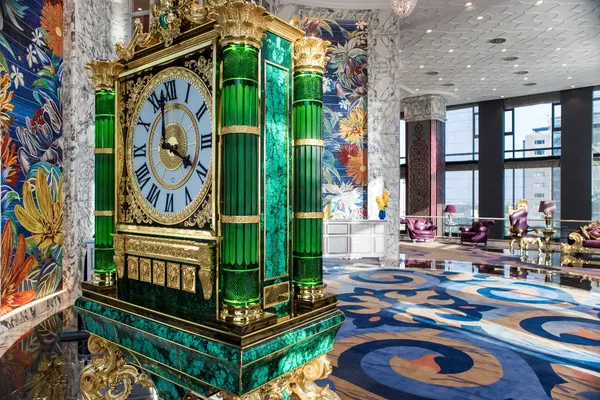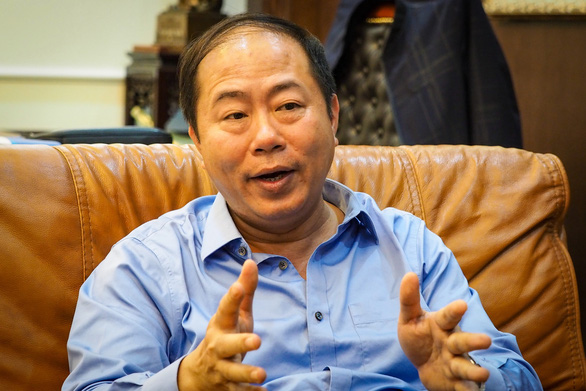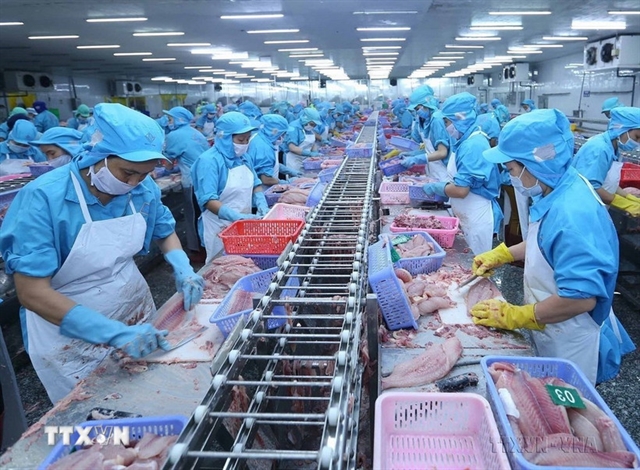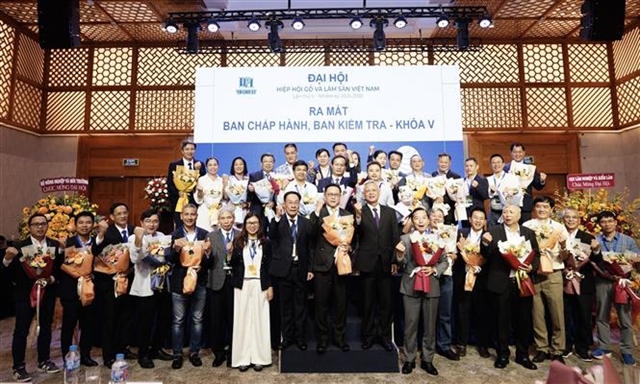 Opinion
Opinion


|
| Vũ Anh Minh, chairman of the State-owned Vietnam Railways Corporation. — Photo tuoitre.vn |
Vũ Anh Minh, chairman of the State-owned Vietnam Railways Corporation told Tuổi Trẻ (Youth) newspaper that the railway sector would be able to implement autonomy and mobilise capital investment on its system if subsidies and red tape were eliminated.
Is it true that the State has allocated thousands of billions of đồng for the Vietnam Railways Corporation (VNR)’s maintenance activities?
Yes. Việt Nam, like many other countries, still subsidises the railway sector. The two factors that evaluate railway efficiency include infrastructure capacity and resource utilisation mechanism. In Việt Nam, the entire national railway infrastructure system is State-owned and VNR is in charge of managing it. Therefore, the railway industry has not been able to take full advantage of available resources.
The railway system belongs to the State, so the State spends money on it.
VNR has only received orders from the State to maintain railway infrastructure and we assign the tasks to transport business units, which are joint-stock companies.
Under the Railway Law, these companies pay infrastructure usage fees, which accounts for 8 per cent of total railway transport business revenue, to the State. The State collects these fees and allocates capital for enterprises to implement maintenance work.
The estimated cost of maintenance reaches thousands of billions of đồng per year.
However, the State allocates only 30-40 per cent of what is required.
Currently, there are 14,000 violation cases of railway safety corridors. Of that number, more than 4,010 illegal railway crossings pose the risks of traffic accidents and lead to inefficient operation of railway transport.
The strength of the railway sector is the transportation of large volumes of goods. Why hasn't the VNR taken advantage of this to improve business efficiency in recent years?
Railway transport speed is quite slow compared to automobiles. Investment in roads connecting other modes of transport has been neglected for years.
There are no standard warehouses for logistics purposes in railway infrastructure. The budget is too tight to invest in renovating and upgrading stations and warehouses.
The amount of VNĐ20 billion (US$860,000), which was allocated from the State budget to VNR for maintenance work, is not enough to even repaint the stations and warehouses, never mind other investment for the whole railway infrastructure. The largest warehouse, Sóng Thần in southern Bình Dương Province, looks like it has been bombed and is difficult to access.
The VNR planned to upgrade it but we haven't got permission as it it is not our property.
In 2017, the VNR signed a contract with Saigon Newport Corporation, which accounts for more than 55 per cent of the country's container shipping market share, to build a chain of dry ports and warehouses on railway routes. However, we couldn't do it as the project didn't gain the ministry's approval.
How can the railway sector stop being dependent on the State budget?
The railway sector is fully capable of being autonomous. To make it practical, it is necessary to step up the process of attracting private capital into railway infrastructure.
The private sector has been involved in the development of many road and air infrastructure projects. Currently, it is not possible to seek private investment in train operation because it is against the provisions of the Railway Law.
Is the railway sector attractive enough to lure private investment?
Among 297 railway stations, there are more than a dozen that can be profitable, so we should give priority to them to take their surplus to gradually improve the quality of other stations.
There must be an investment mechanism which re-evaluates the value of railway stations and warehouses and allows enterprises to raise capital at the VNR.
The VNR is responsible for developing this capital source. In this way, the railway sector will have opportunities to develop.
According to the railway development strategy in 2016 – 2030, which was approved by the Government, the State will invest VNĐ110 trillion (US$4.7 billion) to improve the capacity of the railway infrastructure system 5-6 times higher than currently.
The railway sector’s revenue is estimated to be VNĐ8 trillion ($344 million) per year.
The two main activities of VNR are passenger transport and maintenance of railway infrastructure. Over the years, both of these core businesses have been unprofitable.
With the current infrastructure system, the railway industry does not expect to be profitable, but only focuses on improving the quality of services to keep customers and ensure payment for about 30,000 workers. VNS




